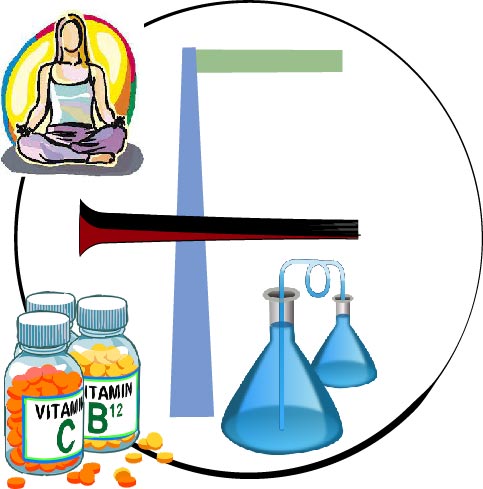According to the International Council for Harmonisation of Technical Requirements for Pharmaceuticals for Human Use (ICH) guideline Q2(R1), specificity is defined as:
“Specificity is the ability to assess unequivocally the analyte in the presence of components which may be expected to be present.”
This means that a specific analytical method should be able to measure the target analyte accurately and reliably without interference from other substances that might be in the sample. These interfering substances can include:
- Impurities
- Degradation products
- Matrix components (e.g., excipients in a drug product)
Key implications of this definition: - Identification: For identification tests, specificity ensures that the method can correctly identify the analyte and distinguish it from other closely related compounds.
- Purity Tests: For purity tests (e.g., related substances, residual solvents), specificity ensures that the method can accurately determine the levels of impurities without interference from the analyte or other components.
- Assay (Content or Potency): For assays, specificity ensures that the method provides an accurate measure of the analyte’s concentration or potency in the sample, without being affected by the presence of other substances.
The ICH guideline also notes that a lack of specificity in one analytical procedure might be compensated by using other supporting analytical procedures.
In essence, specificity demonstrates the method’s ability to produce a result that is uniquely attributable to the analyte of interest in a complex mixture.
